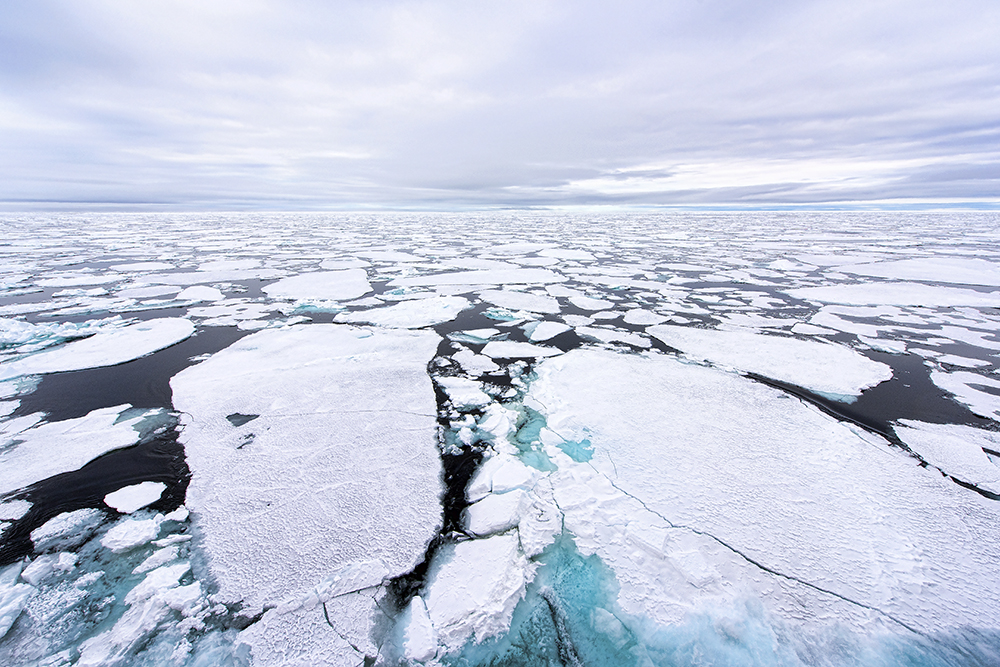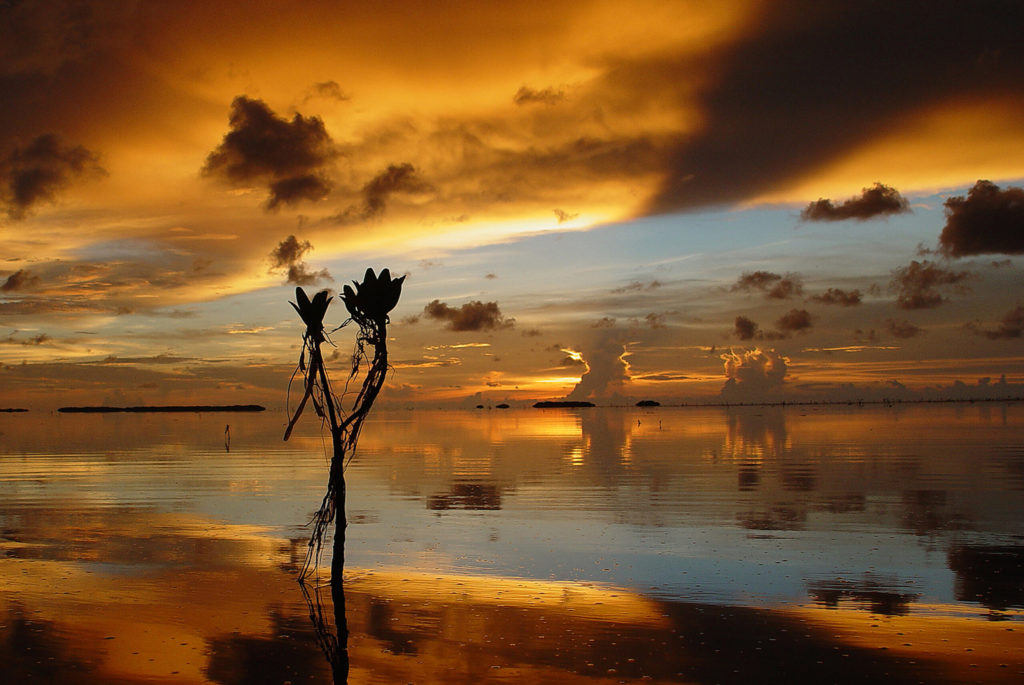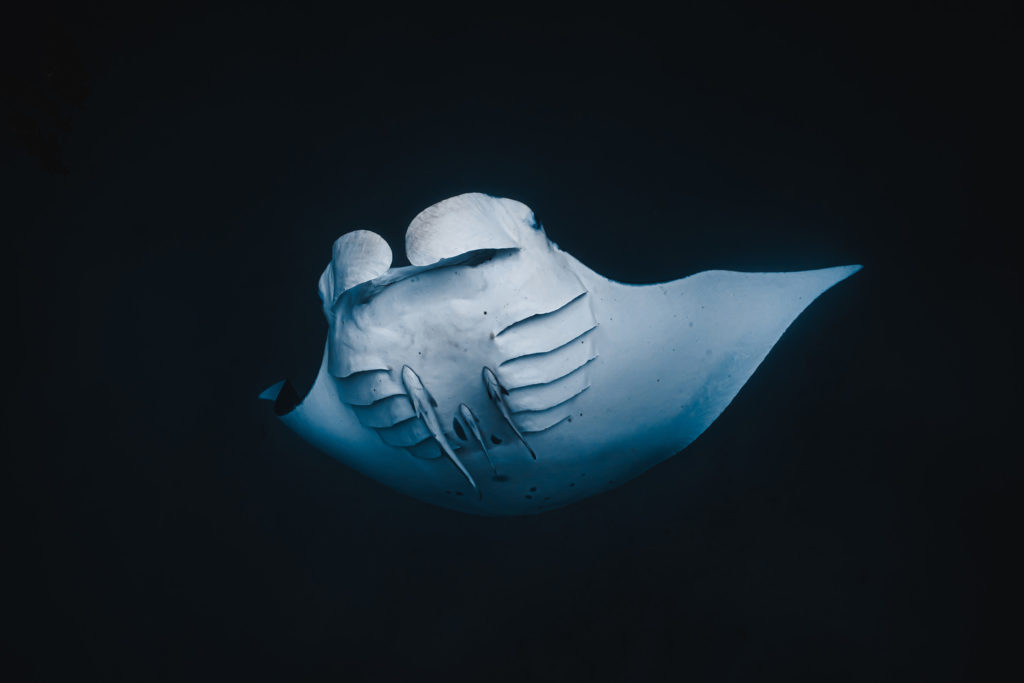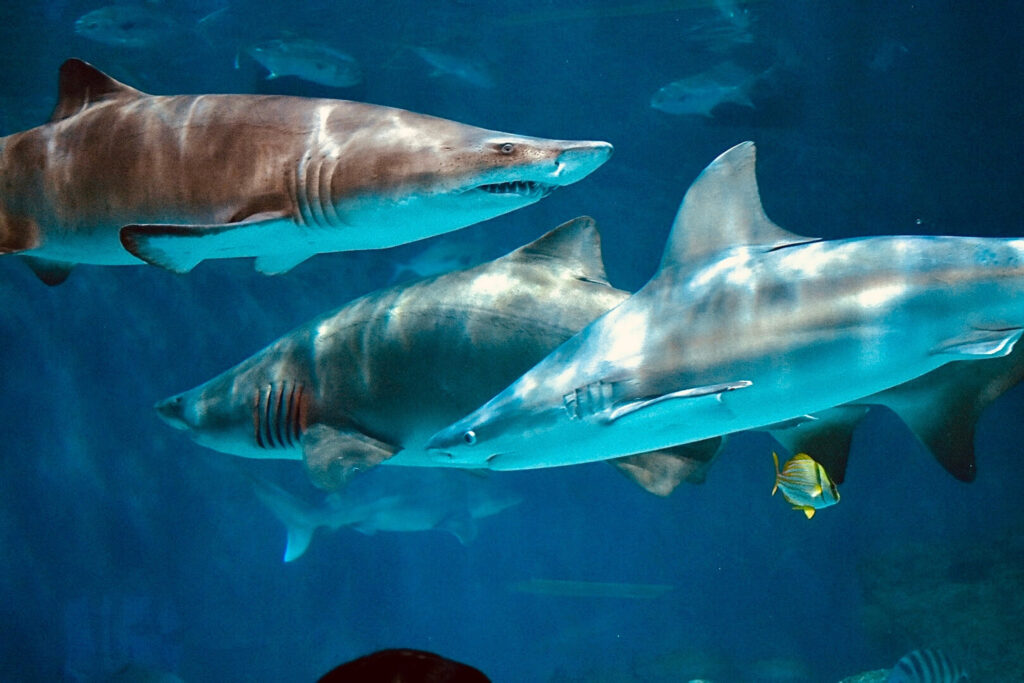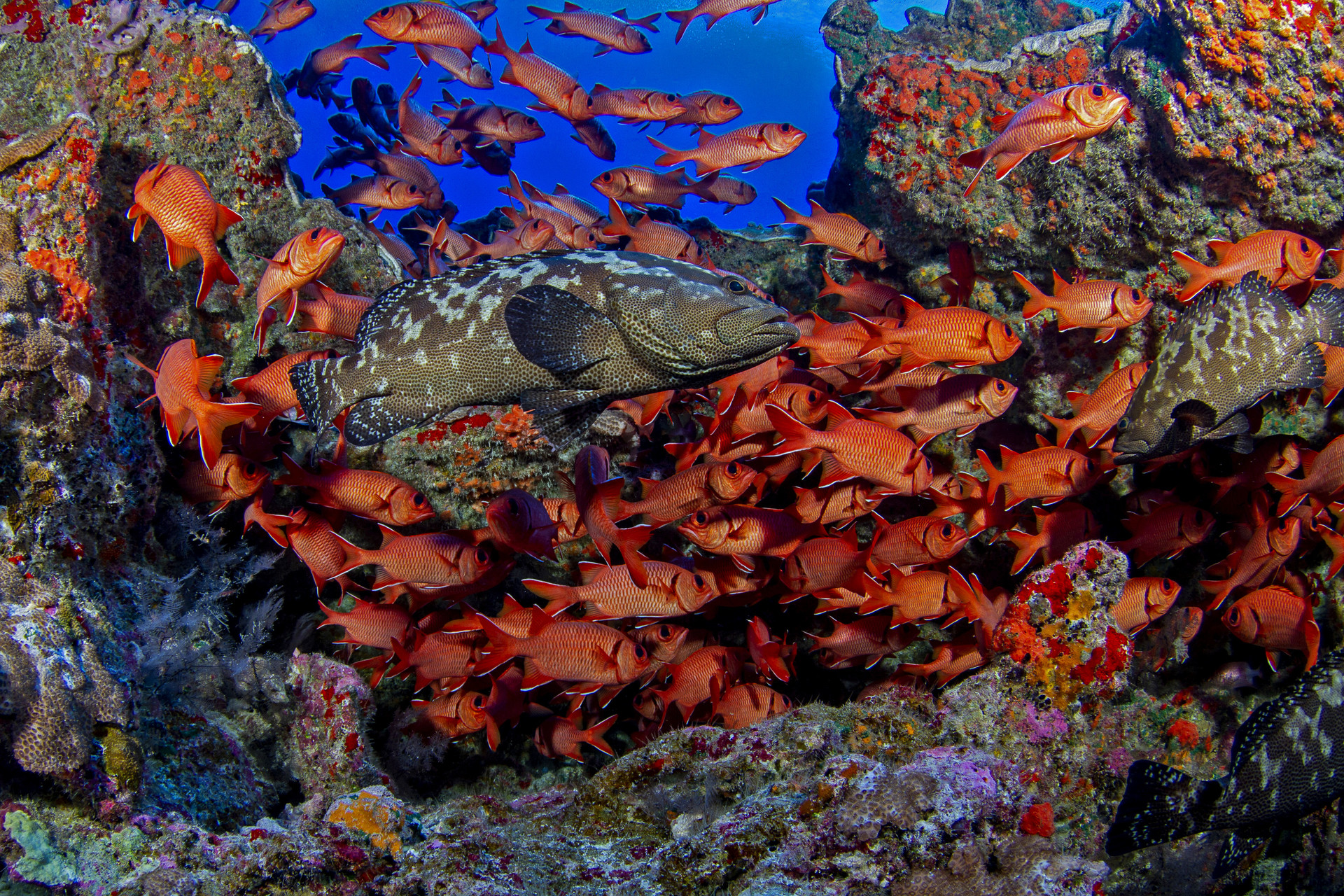
Protecting Biodiversity
Our ocean is home to an incredible diversity of life. It feeds billions and supports cultures and livelihoods around the world.
But our ocean’s bounty is under threat–from industry, overfishing, plastic and climate change. Ocean Conservancy works in partnership with Indigenous and local communities to ensure that the ocean and the people who rely on it can thrive for generations to come.
Visit our Action Center
Love the ocean? Turn your passion into impact. Explore urgent actions you can take right now to protect marine life and defend our ocean’s future.
